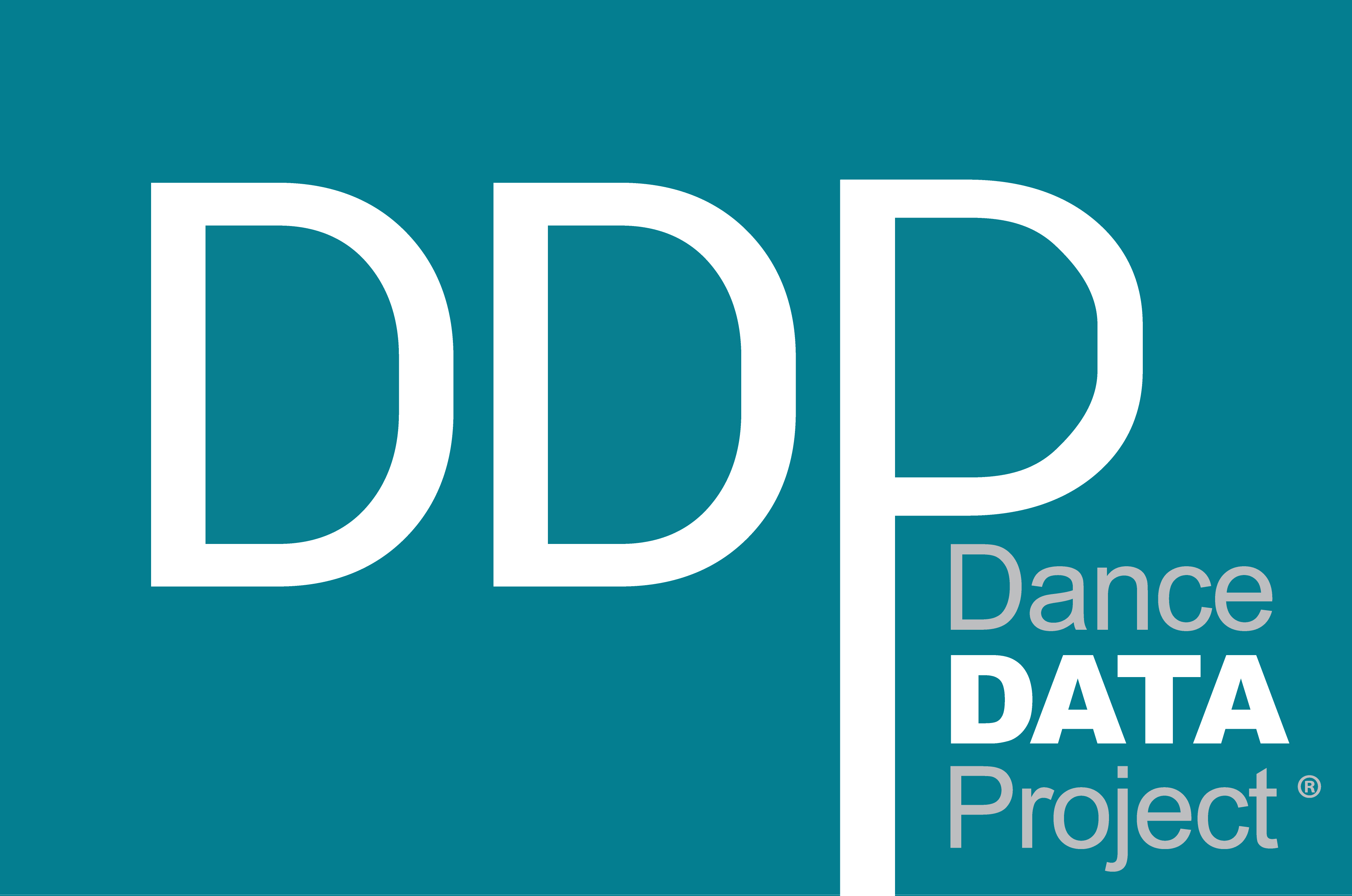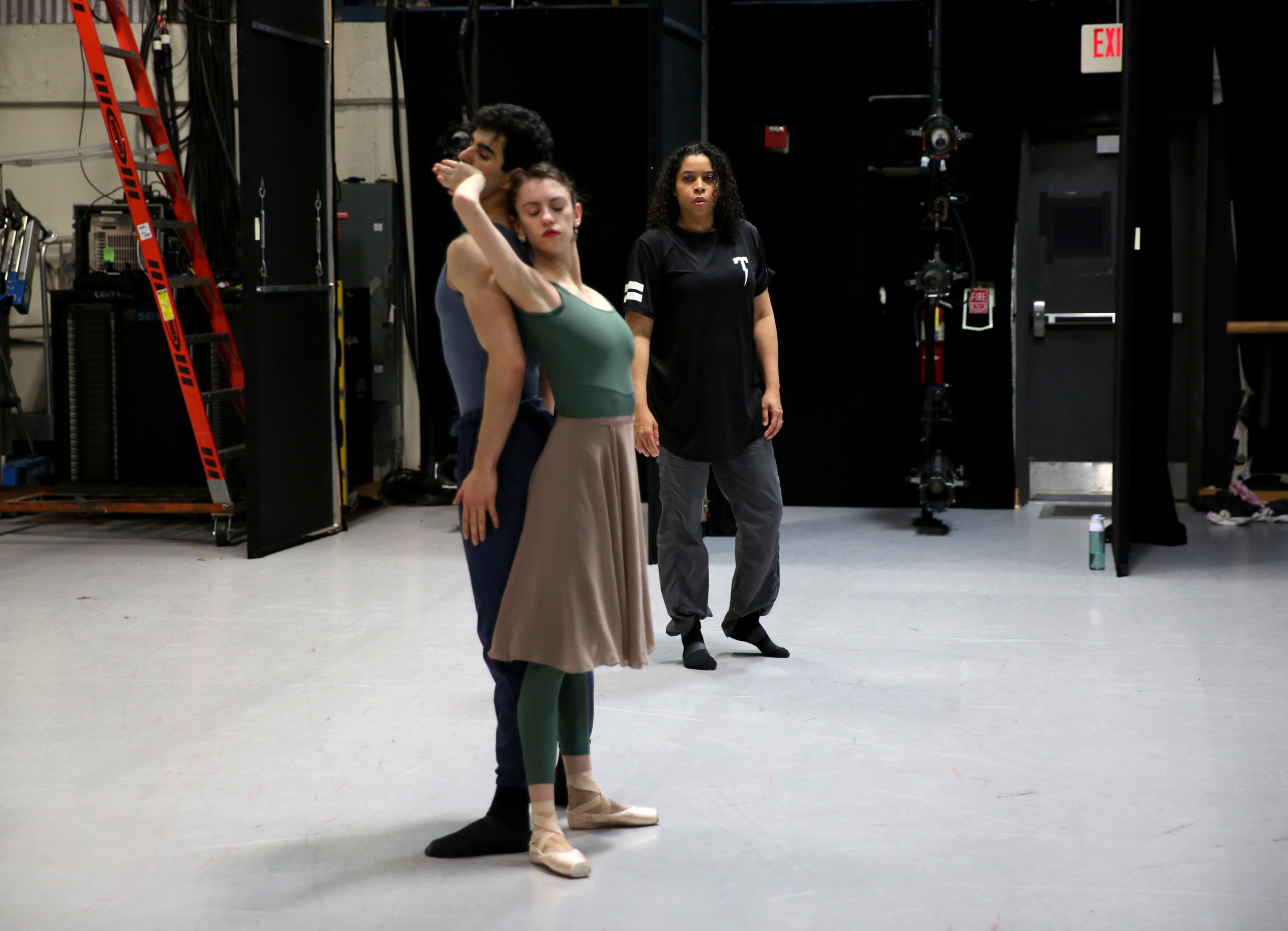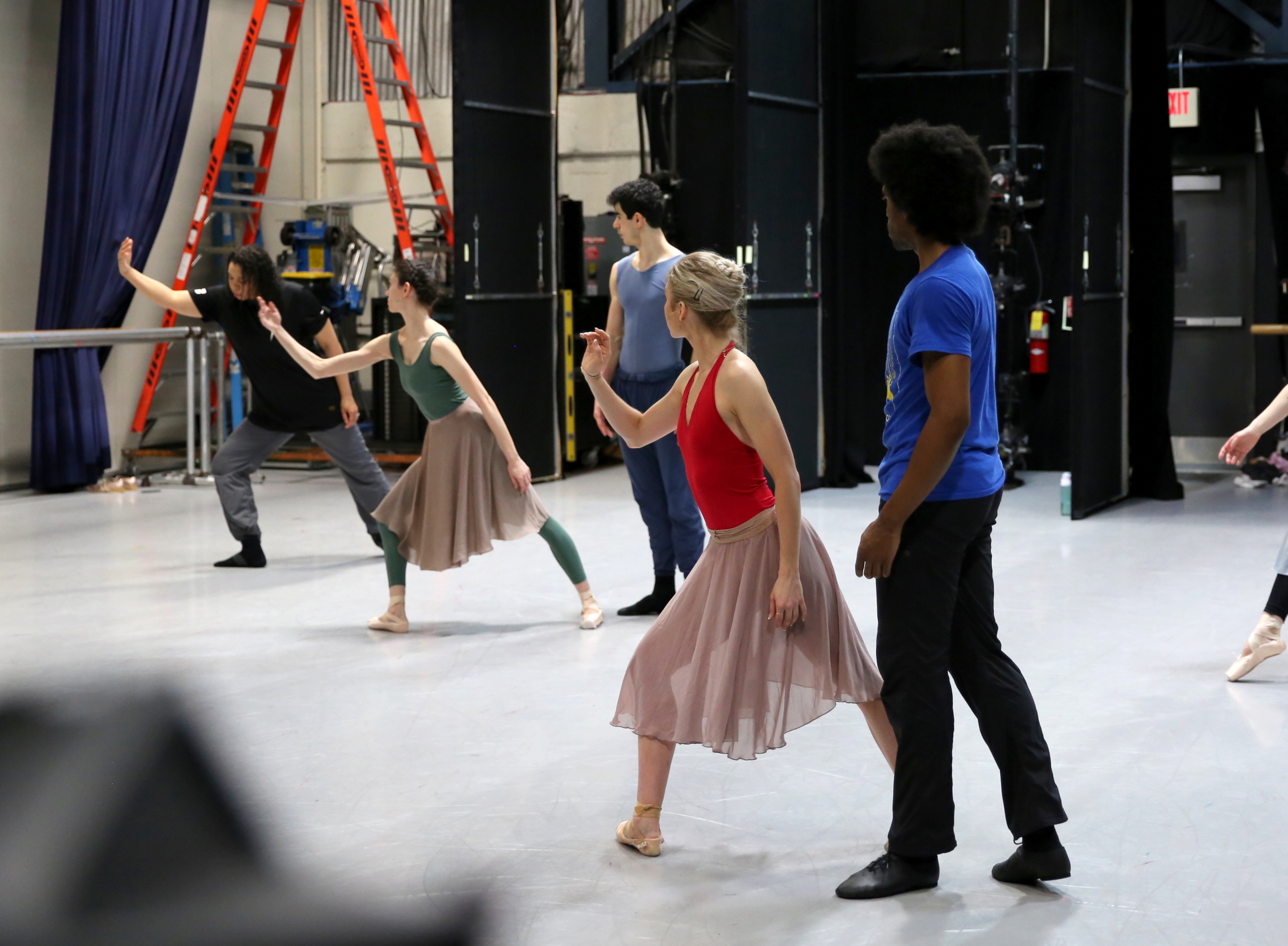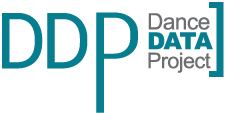Choreographer Profile:
Jennifer Archibald
Walk us through the founding of both Arch Dance Company and the ArchCore40 Dance Intensives. What made you decide to start both a company and an associated training program?
I began the Arch Dance Company when I was at the Ailey School. I wanted to choreograph and I was scouting dancers within the Ailey program, and casting from my classes at Steps on Broadway and other open studios in NYC. My following ranged from hip-hop dancers to contemporary ballet dancers and I was developing my choreographic voice. The challenge was how to make these widely different genres of movement seamless in phrasework. How can I challenge storytelling in movement? The dancers that attended my classes in NYC came from different countries and had charismatic life stories and it was important to bring us all together and celebrate cultural differences and individuality on stage. ArchCore40 was developed to help dancers invest in themselves and excel in high-pressure industry experiences. There is a growing need for dancers to be more versatile than ever, and as the director of the program, I push the dancers to explore the unknown and share the importance of business and performance skills. Partnering, acting, audition prep, and technique in hip-hop and contemporary dance forms are all part of the curriculum.
The company’s website describes Arch Dance as a “unique mosaic of culturally diverse dancers with elite training from around the globe.” Can you speak to the role of diversity within your company and to how it can be better encouraged throughout the dance industry?
When you’re leading a room and leading artistic spaces you have to authentically learn from the people that are sharing your creative space. My work doesn’t exist if I don’t coexist with the humans that are bringing my choreography to life. The instant you don’t understand or put the work into honoring the individuals in the room you separate yourself from the process. What I create on stage needs to reflect what’s happening in the world today. I think audiences want to see themselves on stage, and I think they want to feel something that they can relate to. Why can’t we challenge our audiences? Can we reinvent what a family-friendly show is without sugar-coating reality? World history has many stories that should be shared. The shift is brewing. I think producers and funders need to push and reframe the ideas and norms of what concert dance has the potential to be.
Your impressive list of choreographic credits includes works for the Atlanta Ballet, Ailey II, Cincinnati Ballet, Ballet Memphis, Kansas City Ballet, Tulsa Ballet, Nashville Ballet, and Grand Rapids Ballet, BalletX, Pittsburgh Ballet among others. What intentions or goals do you bring to each new venue or company?
I want to create a work for the company’s repertory that will stand out. I pull from different dance forms when I create and highlighting the talents of individual company artists is important. Sometimes producers want something specific and sometimes I have an open canvas to do whatever I want. I always want to challenge the dancers and give them an experience that they can commit to on a physical and emotional level.
In 2017 you were appointed to be the first-ever female resident choreographer at Cincinnati Ballet. The following is a quote about your appointment:
“Typically, ballet companies gravitate more toward choreographers known more for their classical output … So, while it might be a convenient shorthand to refer to Archibald’s choreography as hip-hop infused, she is a dance maker with a much broader range than that suggests … Indeed, her influence on many company members has been liberating.”
How has your work influenced the company since then and what are some of your future plans within this position?
It was exciting to see how my aesthetic was becoming part of the dancers’ movement vocabularies and I could feel their curiosity and exploration in really inspiring ways: playing with dynamics within my choreography, and truly understanding the power that I was asking each dancer to convey. As a result, each piece became easier to choreograph because we began to speak the same language. It’s that familiarity and co-investment that makes the process smooth. That being said, I am motivated by engaging with diverse artists, and have been throughout my career: in commercial settings, theatre, ballet companies, and universities. I hope to spend more time with dancers at all training levels in Cincinnati Ballet, and fresh ideas are in development with other collaborators.
One of your more recent pieces, Guess Who’s Coming to Dinner, was based on a movie of the same name about an interracial couple in the 1960s. Previously, you’ve choreographed other pieces about race and racism, including a 2021 piece titled Breakin’Bricks, which centered on the 1921 Tulsa Race Massacre. How do you approach depictions of racism in your choreography?
Communication is key and research is essential. I have to foster an inclusive experience in the rehearsal process. It’s not easy to make dancers feel comfortable with conversations surrounding identities and differences. It’s about the work that we are creating and if they join me on this ride I want them to feel that they are seen and honored in the room. Each choreographic process allows for innovative storytelling. All the artists in the process are learning from this experience and learning from each other.
A few of your recent commissions include Exalt for BalletX and Soar for Sacramento Ballet. What are some of your plans for the rest of this 2022-2023 performance season?
2023 begins with a premiere for Charlotte Ballet’s Innovative Works series. Susan Jaffe commissioned me for a full-length work for Pittsburgh Ballet and I will be in the studios with Ballet Des Moines in the Spring. I love to teach and I’m the guest choreographer for Jacob’s Pillow Contemporary Program this summer and will host my annual Archcore40 Professional Development Program in NYC in June. I will also be in the development phase with Christine Cox to develop a full-length for BalletX in 2025.
As a female choreographer and leader, what advice would you give to younger female dancers or creators?
Don’t wait. Be brave. You have to work on your craft every day. You must believe in your own work, and your own voice!
What sort of impact have you seen DDP’s work have on the dance industry, and how can we help you and other female creatives succeed?
I remember the first time I came across DDP online. I was reading bulletins that related to me. I was a part of the statistics that DDP shared about female choreographers. It gave me a sense of pride and empowered me to continue to make work. When DDP voices concerns and makes a public call for female representation in the ballet industry, people are listening and watching. Continued support and knowledge about what is really happening in the field will create a shift in our industry’s future.







